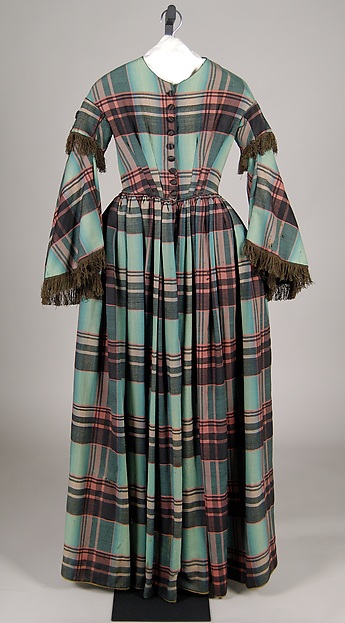The Challenge: Obsolete: End the year with a recipe, ingredient or technique that has been superseded by modern practices. I'm opting for a cake raised with only eggs and extensive mixing [no chemical leaveners], and baked in a tin hoop instead of a modern cake pan.
The Recipe: Plum Cake from The Cook and Housewife's Manual
The Date/Year and Region: 1837 [6th ed], Edinburgh/London
How Did You Make It: There are three recipes for plum cake: I went with with #1007, the pound cake variation, as I neglected to procure cream.
As directed, I started by beating a pound of [unsalted] butter "to a cream", then continued mixing in 5 well-beaten eggs. The original instructions called for 9, but recent reading has suggested that modern eggs are so much larger than pre-20th century varieties, that the amount should be halved. I tried that here, and found the batter somewhat thicker than a modern boxed cake, but still thin enough to not be a dough. I decided to continue without adding additional eggs.
I then added 11 ounces of sugar [amount not given, so I estimated and made some math errors: the following plum cake recipes call for 1:1 or 2:3 ratios of sugar to flour by weight], 1 1/4 lb flour, 8 oz currants, 2 oz raisins ("a few"), 8 oz candied peel, 2 Tbsp cinnamon and half a large nutmeg (spices "to taste"). The whole time, I continued beating the batter.
I baked the cake in a tin hoop--with double layers of parchment paper on all sides--for 2 hours 15 min at 325F.
The icing is #1006, with four egg whites and a pound of sugar (and 2 tsp orangeflower water to flavor). A single batch (2 egg whites) might do if beaten to sufficient volume. The first batch I made was not enough, but the second was larger and might have een enough on its own.
Time to Complete: About half an hour to mix up (including leaving the mixer on while I quickly cleaned the oven), and 2 1/4 hours to bake.
Total Cost: Eggs $2, currants ~$4, candied peel made at home from leftover fruit peels throughout the year, other ingredients on hand.
How Successful Was It?: Tasty. A bit on the dense side, as is usual when I make mid-19th century cake recipes. In general, I'd compare it to the other Christmas/12th Night/Ginger Cakes I've made before. The cinnamon, peel, and currants all come through nicely; in the future, I'd probably increase the amount of nutmeg since I didn't taste it through the other flavors. The cake was also less sweet than similar cakes I've made, so I'd probably try increasing the sugar as well.
The bottom of the cake scorched a bit, so I need to remember to put extra paper there in the future: otherwise, the double layer worked perfectly on the sides and top.
How Accurate Is It?: As noted, I tried to adjust the egg proportions to better reflect period egg sizes (whee, further research ideas), and used the hoop rather than a modern pan. I did use an electric oven and mixer. The icing contains pasteurized egg whites.
 |
| Baking the plum cake. |
 |
| Ready to serve. |














